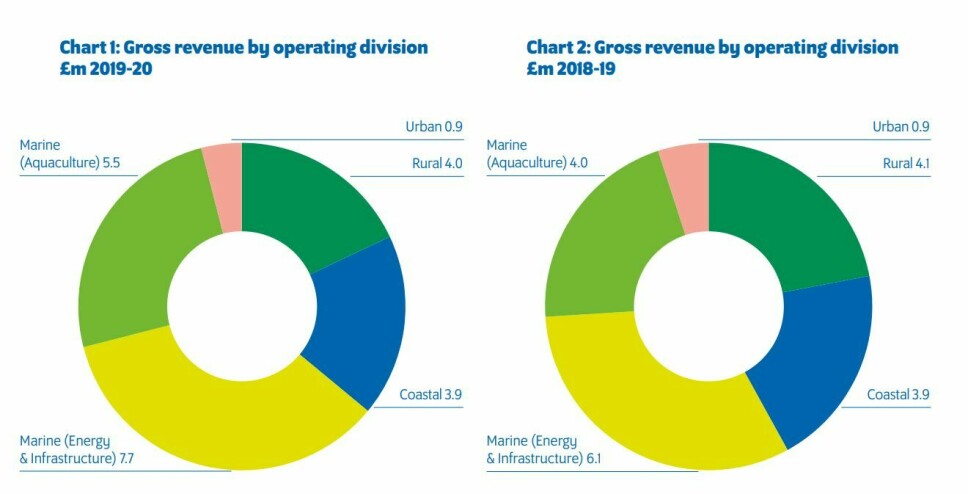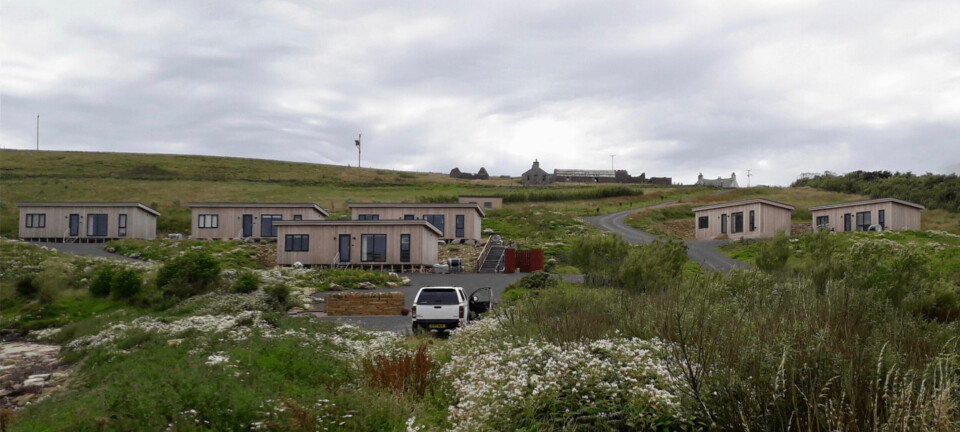
Salmon farm rents ‘already going back to coastal communities’
Industry landlord Crown Estate Scotland responds to industry’s plea for housing cash
Fish farm sites landlord Crown Estate Scotland has responded to a call from salmon farmers for their rent to be spent on rural housing by pointing out that much of the cash already goes back to coastal communities where salmon are grown.
Trade body Salmon Scotland, which represents salmon producers and their supply chain, today repeated a call for £10 million a year in site lease fees to be ringfenced by Scottish Government ministers to provide affordable homes in the Highlands and islands.
At present, salmon farming contributes more than £5 million directly to Crown Estate Scotland (CES), but this fee is set to nearly double.
Ministers decide
A spokesperson for CES, a self-financing public corporation that manages Crown assets including the seabed, said: “The seabed is a shared, public space and, like many multi-national businesses, salmon farmers pay to use it for their commercial purposes.
“Crown Estate Scotland then passes profits to the Scottish Government and Ministers decide how that money is used. From 2017 to 2021, over £28m from Crown Estate Scotland was passed by Scottish Government to coastal local authorities to support Covid-19 recovery projects, economic regeneration and job creation, flood protection, environmental projects, and more.”
In 2019-20, CES made gross revenue of £17.1 million from its three coastal operating divisions: £5.5 m from marine (aquaculture); £7.7 m from marine (energy and infrastructure); and £3.9 m from coastal (ports, moorings, etc). Aquaculture and coastal revenues come from within 12 nautical miles of the shore, while sources of revenue from energy and infrastructure can be between 0 and 200 miles from shore.
Lion's share to fish farming areas
Just under £11.4 m was distributed to coastal communities from the net revenue generated by marine assets out to 12 nautical miles in 2019-20. Funding is allocated based on the length of coastline in each local authority, and fish farming communities received more than £9 m between them in 2019-20.
Highland received £3.3 m; Argyll and Bute £1.63 m; Eilean Siar (Western Isles) £1.72 m; Shetland £1.57 m; and Orkney £858,000.
In a press release, Crown Estate Scotland said much of the funding has provided practical, tangible benefits to local communities, including:
• Flood defence improvements to protect housing and businesses
• New pontoons installed in harbours
• Efforts to combat coastal erosion
However, there is little mention of any going towards new homes, other than a £25,000 grant for feasibility work on local affordable housing in Moray.
CES said it also supports the aquaculture sector in a variety of ways, including exploring options for commercial seaweed farming and evaluating the critical mass required for economically viable shellfish production, but did not mention salmon farming, the biggest contributor to its aquaculture revenue stream.
Hard-to-fill vacancies
House prices have risen more in the Highlands and islands than across the whole of Scotland over the past two decades, raising fears that people and businesses are being forced out of the country’s most fragile communities.
Salmon Scotland chief executive Tavish Scott said: “The shortage of available, affordable housing in island and Highland communities is pricing people out of the housing market, and businesses are experiencing problems recruiting and retaining staff - leading to hard-to-fill vacancies, skills shortages, and depopulation.
“Long-term house price rises are being exacerbated by the cost-of-living crisis, and Scottish ministers should be looking at every lever available to them to make life easier for working people.”
